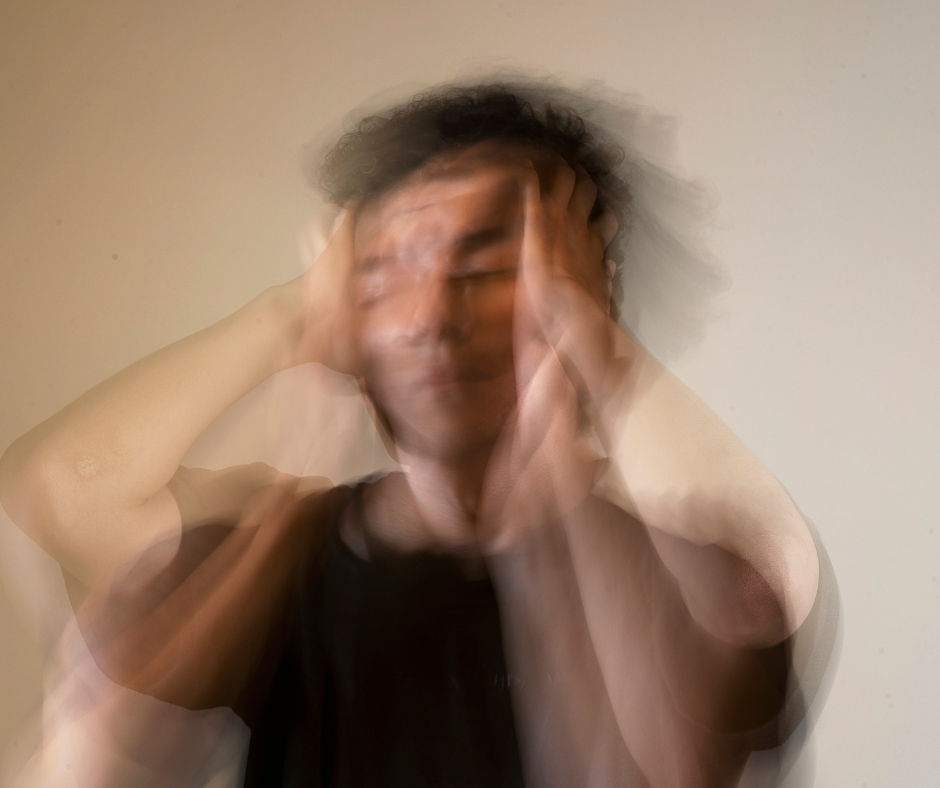
Exploring the Connection: Can Anxiety Cause Chest Pain?
Anxiety, a prevalent mental health condition, affects millions of individuals worldwide, manifesting in various physical and psychological symptoms. One common concern among those experiencing anxiety is the occurrence of chest pain. In this article, we delve into the relationship between anxiety and chest pain, exploring its causes, symptoms, and management strategies. Physical Symptoms of Anxiety Anxiety triggers a cascade of physiological responses within the body, including increased heart rate, shallow breathing, and muscle tension. These physical manifestations can contribute to sensations of discomfort or pain in the chest area. It’s essential to recognize that anxiety-related chest pain differs from the sharp, stabbing pain associated with a heart attack. Instead, it often presents as a dull ache, pressure, or tightness in the chest. Hyperventilation and Respiratory Issues: During periods of heightened anxiety, individuals may experience hyperventilation, characterized by rapid, shallow breathing. This can lead to changes in oxygen and carbon dioxide levels in the bloodstream, resulting in chest tightness or discomfort. Additionally, anxiety-induced respiratory issues, such as shortness of breath or difficulty breathing, can exacerbate feelings of chest pain. Muscle Tension and Stress: Anxiety and stress contribute to muscle tension throughout the body, including the chest and upper back muscles. Prolonged muscle tension can lead to chronic pain and discomfort in these areas, mimicking symptoms of cardiac-related chest pain. By addressing the underlying anxiety and adopting relaxation techniques, individuals can alleviate muscle tension and reduce chest pain. Gastrointestinal Disturbances: Anxiety often coexists with gastrointestinal issues, such as acid reflux, indigestion, or








